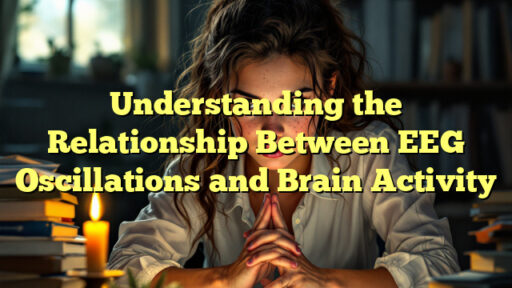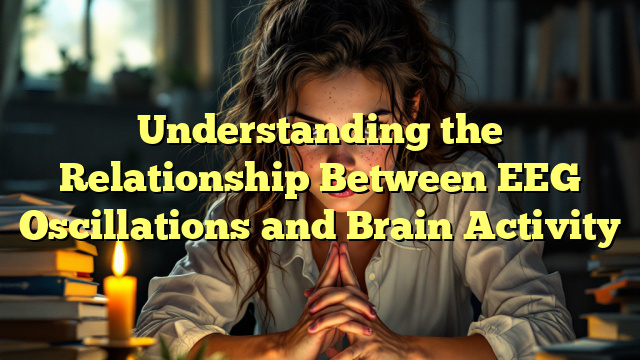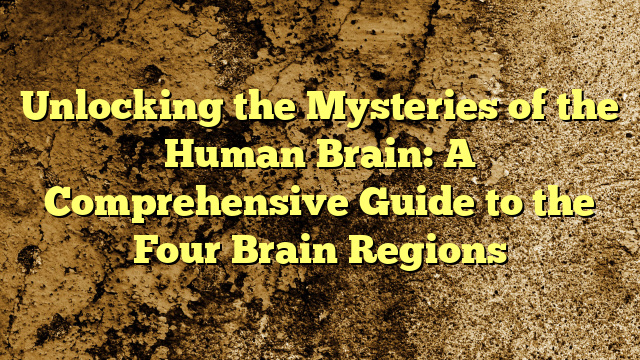Electroencephalography (EEG) is a non-invasive technique used to record electrical activity in the brain. EEG oscillations are rhythmic patterns of activity that can be observed in the EEG signal. These oscillations are thought to reflect the underlying neural activity in different brain regions and are associated with various cognitive processes.
Types of EEG Oscillations
There are several types of EEG oscillations that can be observed in the brain, each with its own frequency range and associated functions:
- Delta waves (0.5-4 Hz): These slow waves are typically observed during deep sleep and are thought to be involved in memory consolidation and restoration.
- Theta waves (4-8 Hz): Theta oscillations are associated with tasks that require attention and memory retrieval, such as learning and problem-solving.
- Alpha waves (8-12 Hz): Alpha oscillations are prominent during wakeful relaxation and are thought to reflect a state of relaxed wakefulness.
- Beta waves (12-30 Hz): Beta oscillations are associated with active concentration and cognitive processing, such as during problem-solving or decision-making.
- Gamma waves (30-100 Hz): Gamma oscillations are involved in higher cognitive functions, such as perception, attention, and consciousness.
Relationship Between EEG Oscillations and Brain Activity
EEG oscillations are believed to reflect the synchronization of neural activity in different brain regions. For example, beta oscillations have been linked to motor planning and execution, as well as working memory processes. Gamma oscillations, on the other hand, are thought to be involved in the binding of sensory information and the integration of different brain networks.
Research has shown that changes in EEG oscillations can be indicative of various neurological and psychiatric conditions. For example, abnormalities in alpha oscillations have been observed in patients with Alzheimer's disease, while changes in theta oscillations have been linked to attention-deficit hyperactivity disorder (ADHD).
Conclusion
The relationship between EEG oscillations and brain activity is complex and multifaceted. By studying these rhythmic patterns of neural activity, researchers can gain insights into the underlying mechanisms of cognition, behavior, and neurological disorders. Understanding the role of EEG oscillations in brain function is crucial for advancing our knowledge of the brain and developing effective treatments for neurological and psychiatric conditions.
FAQs
What is EEG?
EEG stands for electroencephalography, which is a technique used to measure electrical activity in the brain.
What are the different types of EEG oscillations?
There are several types of EEG oscillations, including delta waves, theta waves, alpha waves, beta waves, and gamma waves, each with its own frequency range and associated functions.
How are EEG oscillations related to brain activity?
EEG oscillations are believed to reflect the synchronization of neural activity in different brain regions and are associated with various cognitive processes, such as attention, memory, and perception.
Unlock Your Mental Potential




